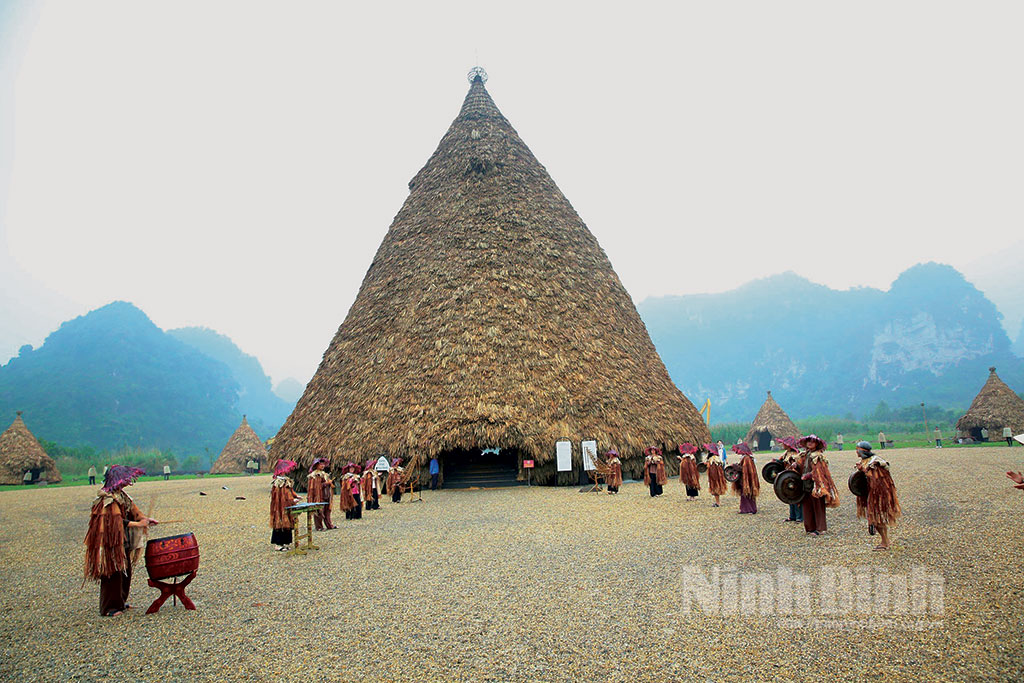Values of archeological site at Trang An landscape complex awoken for tourism development

Domestic and foreign archeologists have affirmed that Trang An landscape complex is an untouched preservation space that bears outstanding values in terms of geomorphology, geology, as well as history of human being, history of religions, architects and arts. The potential of the archeological site at the Trang An landscape complex is very huge.
Over 30 archeological sites of the pre-historic period at Trang An showed the continuous tradition of residing of pre-historic people in Ninh Binh, lasting for 30,000 years.
Numerous archeological excavations in Hoa Lu ancient capital area have revealed the structure and building of Hoa Lu ancient capital.
Moreover, Hanh Cung Vu Lam relic site under the Tran Dynasty in Hoa Lu district holds outstanding values in terms of geology, politics, history, religion and culture. It was once a resistance base against the northern foreign invaders and also the first place where Tran Kings practiced Buddhism.
These archeological sites have provided important scientific information about the formation and development of Ninh Binh under different periods and they can be exploited to serve tourism as well.
Some attractive destinations such as Hoa Lu ancient capital, Nguoi Xua (ancient people) cave in Cuc Phuong National Park, Thien Ha cave have becoming popular destinations for visitors.
Dr. Vo Thi Phuong Thuy, a scientist of the Vietnam Academy of Social Sciences, said the prospect for developing sightseeing tours in combination with archeology in Trang An area is huge. The province could study and develop a tour to discover Hoa Lu strongholds, which was created by limestone mountain ranges, rivers, brick walls and canals.
It should consider the possibility of developing another tour that discovers ancient water ways in Hoa Lu ancient capital. These could be outstanding tourism products of Ninh Binh.
Nguyen Cao Tan, Vice Director of the provincial Department of Tourism, said there is an increasing number of tourists wishing to discover the archeological sites. Therefore, the preservation of the archeological sites in combination with tourism activities should be studied and exploited carefully.
It is necessary to raise the role of local people in protecting the archeological sites, thus developing responsible and sustainable tourism, Tan added.
Translated by Nguyen Thuy


